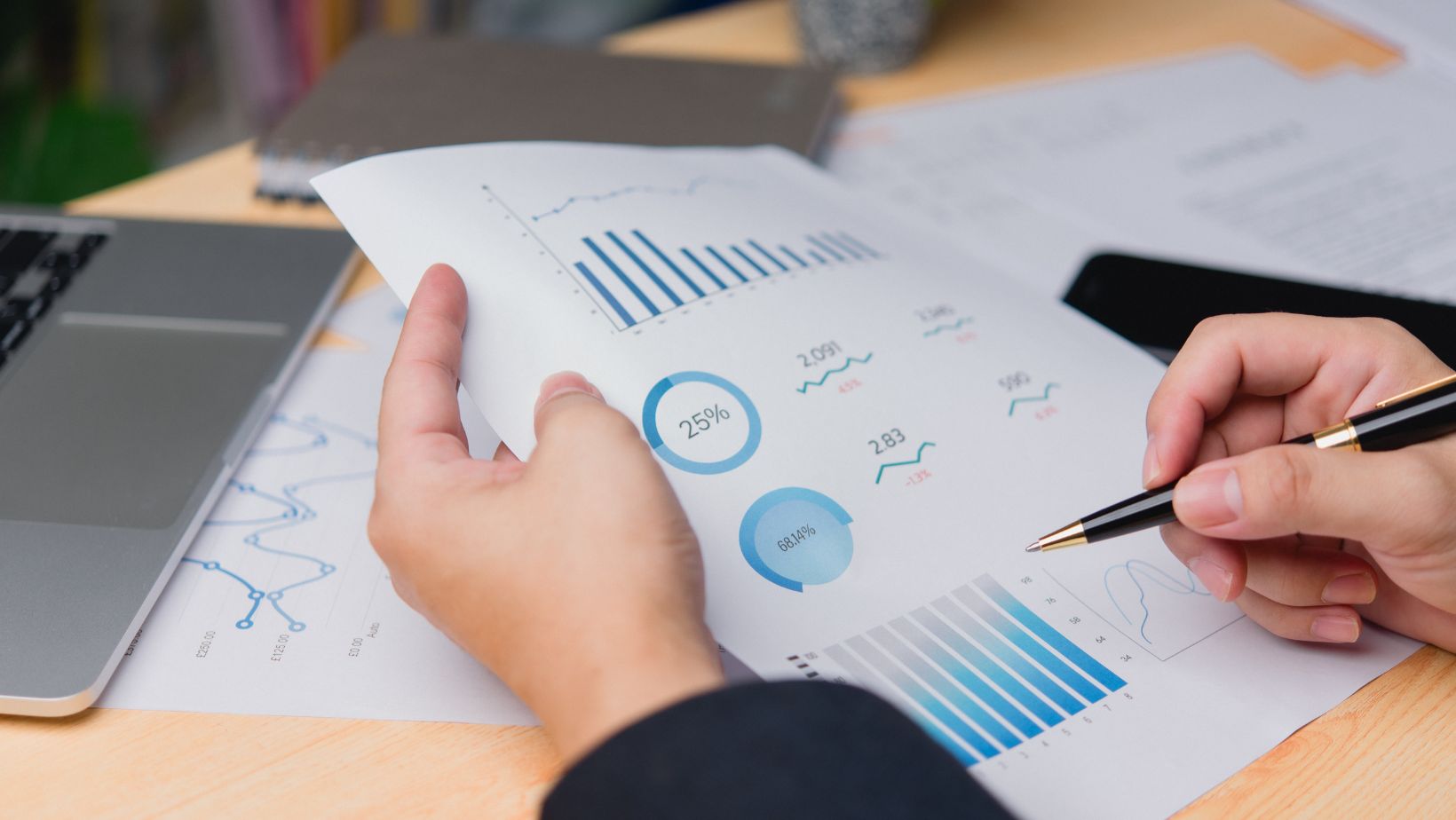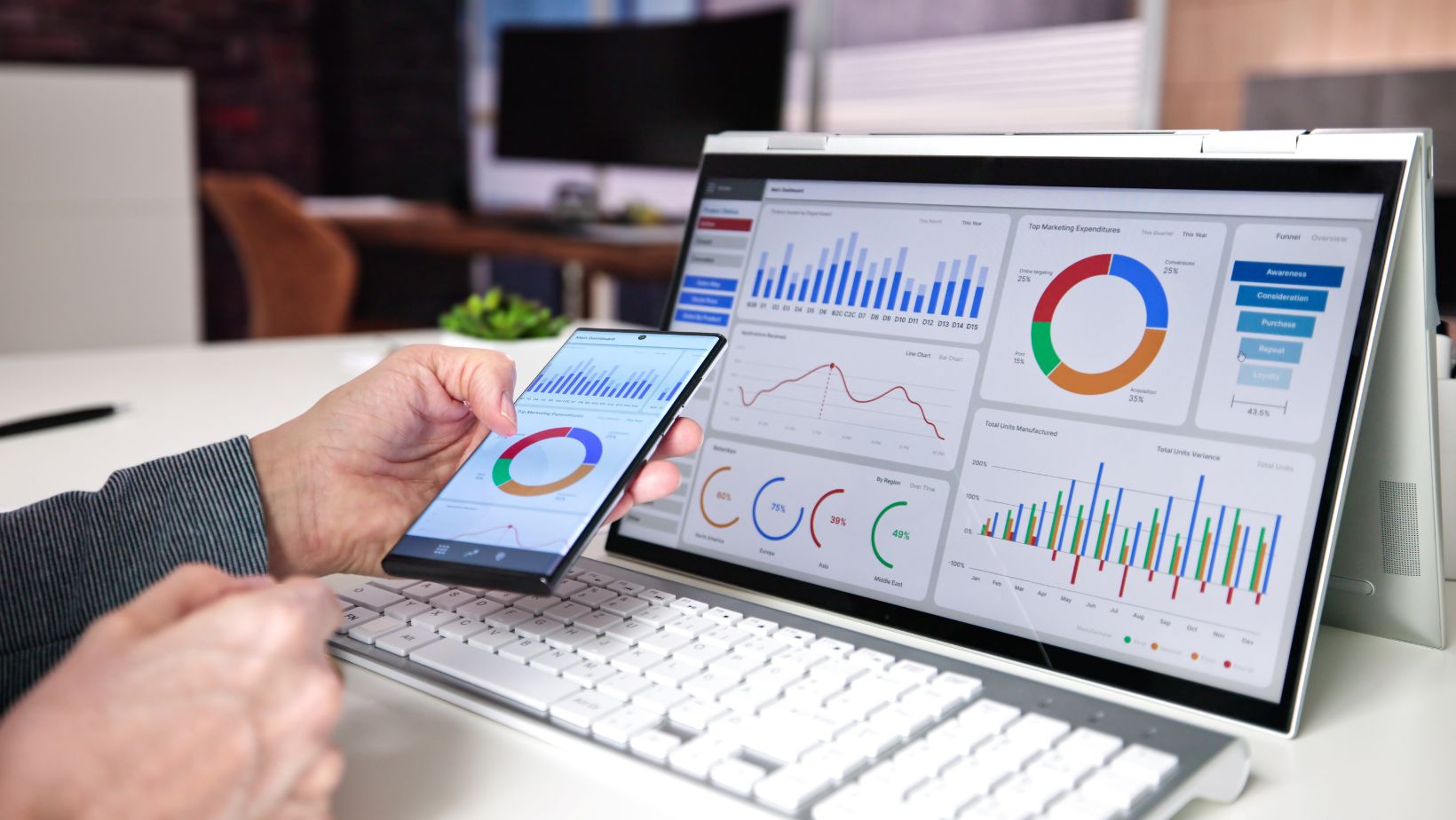In the high-speed world of trading, system performance can make or break success. Trading infrastructure needs to function efficiently to handle the demands of rapid transactions, high-frequency trading (HFT), and real-time decision-making. Analytics tools from Beeks Analytics and other service providers help trading firms leverage performance analytics to optimize their infrastructure. By identifying system bottlenecks, tracking performance trends, and improving overall reliability, firms can ensure their systems are capable of supporting complex, fast-paced trading operations. This post delves into best practices for using performance analytics to fine-tune trading infrastructure and achieve operational excellence.
Performance analytics turns “I think it’s fast” into hard numbers you can act on. Instrument your stack with end-to-end telemetry—tick-to-trade timing, p95/p99 latency, jitter, packet loss, CPU steal, and disk IOPS—to pinpoint bottlenecks before they cost fills. Pair that observability with QuantVPS, a low-latency trading VPS that offers exchange-adjacent routing, dedicated resources, and 24/7 monitoring to keep those metrics trending the right way. Snapshots and staging nodes let you A/B test config changes without risking production, so when the dashboard says “squeeze milliseconds,” you can deploy closer and scale seamlessly.
Identifying System Bottlenecks
One of the most critical steps in optimizing trading infrastructure is identifying performance bottlenecks. Bottlenecks can occur in various parts of the system—whether it’s in the network, the database, or within the trading algorithms themselves. Performance analytics tools can track system performance in real-time, offering insight into where delays or inefficiencies are happening.
Using these tools, trading firms can pinpoint areas of the infrastructure that are slowing down execution times. By focusing on these trouble spots, firms can make targeted improvements, such as upgrading specific hardware components, optimizing database queries, or fine-tuning network configurations, all of which can significantly reduce latency and enhance trading speed.
Tracking Performance Trends Over Time
Consistently monitoring performance trends allows trading firms to stay ahead of potential issues before they escalate. Rather than simply reacting to problems as they arise, using performance analytics helps create a proactive approach to system management.
With analytics tools, firms can track key performance indicators (KPIs) like transaction volume, latency, throughput, and error rates over time. This longitudinal data provides insight into how the system behaves under different conditions, such as varying market volatility or increased trading activity. By analyzing these trends, traders can forecast system behavior and prepare for potential scaling needs or infrastructure upgrades.
Leveraging Latency Metrics for Optimal Performance
In trading, latency is a critical factor that directly impacts execution speed and, ultimately, profitability. Whether it’s network latency, processing latency, or trade execution latency, reducing these delays is paramount to staying competitive in fast-moving markets.
Using performance analytics tools, traders can measure and track latency across various points in the system.

Analytics tools enable deep insights into the latency profile of the trading infrastructure, helping identify where delays occur. With this insight, firms can optimize their networks, improve routing protocols, and enhance data centers to achieve the lowest possible latency, allowing them to execute trades faster than competitors.
Optimizing System Load Balancing
Load balancing ensures that resources are distributed efficiently across the system, preventing any single part of the infrastructure from becoming overwhelmed. Performance analytics can provide real-time insights into system utilization, allowing traders to identify whether certain components of the infrastructure are underutilized or overloaded.
By optimizing load balancing, firms can ensure that trading systems remain stable, even during periods of peak trading activity. Performance tools help adjust resource allocation dynamically, ensuring that no part of the system is overburdened while other parts remain idle. This allows trading firms to maximize system efficiency and ensure smooth operations, especially during high-volume trading hours.
Ensuring System Reliability and Uptime
For trading systems, downtime is unacceptable. Even a few seconds of downtime can lead to missed trading opportunities and significant financial losses. To maintain high availability, trading firms must implement robust monitoring and performance analytics solutions that track system health in real time.
Performance analytics tools continuously assess system reliability by monitoring hardware, software, and network components for potential failures. By using predictive analytics, firms can also detect early signs of hardware degradation or other issues that could affect uptime. With proactive alerts and insights, firms can take preventive actions before problems affect system availability, ensuring continuous, uninterrupted service.
Resource Optimization for Cost Efficiency
Optimization doesn’t only apply to performance—it’s also about resource utilization. In trading, maximizing efficiency goes hand-in-hand with controlling costs. Performance analytics can help identify where resources, such as processing power or storage, are underutilized or overused, providing opportunities for cost savings.

For example, if certain parts of the system are using more CPU resources than necessary, performance data can highlight this and suggest adjustments. By optimizing resources—whether through hardware upgrades, adjusting network configurations, or scaling down underused components—trading firms can reduce operational costs while maintaining optimal system performance.
Scalability for Growth
As markets evolve and trading volumes increase, scalability becomes a key concern. Performance analytics helps trading firms plan for future growth by identifying the parts of the infrastructure that will need to scale. With the right analytics tools, firms can analyze usage patterns, anticipate peak trading times, and determine when to scale up or down.
By ensuring that trading systems are scalable, firms can avoid performance degradation during periods of high activity. This level of foresight allows for smoother expansions and transitions as the business grows, ensuring the infrastructure can support new trading strategies and increasing market demands.
Enhancing System Security with Performance Data
Performance analytics also contributes to system security by identifying unusual behavior that could indicate potential security breaches. Sudden spikes in data traffic, unusual access patterns, or anomalies in system performance can signal a cyberattack or unauthorized access attempt.
By continuously monitoring performance data, firms can detect these irregularities and respond quickly to mitigate potential threats. This proactive approach to security is crucial for financial institutions that need to protect sensitive data and maintain the integrity of their trading systems.
Final Thoughts
Optimizing trading infrastructure through performance analytics is essential for firms aiming to stay competitive in the fast-paced financial market environment. Professional analytics tools provide actionable insights into system performance, helping firms identify bottlenecks, reduce latency, improve reliability, and ensure scalability. By leveraging performance data effectively, trading firms can enhance system efficiency, reduce costs, and ultimately improve their trading performance. With the right tools and a data-driven approach, financial institutions can ensure their infrastructure supports high-frequency trading, drives profitability, and adapts to future market demands.


